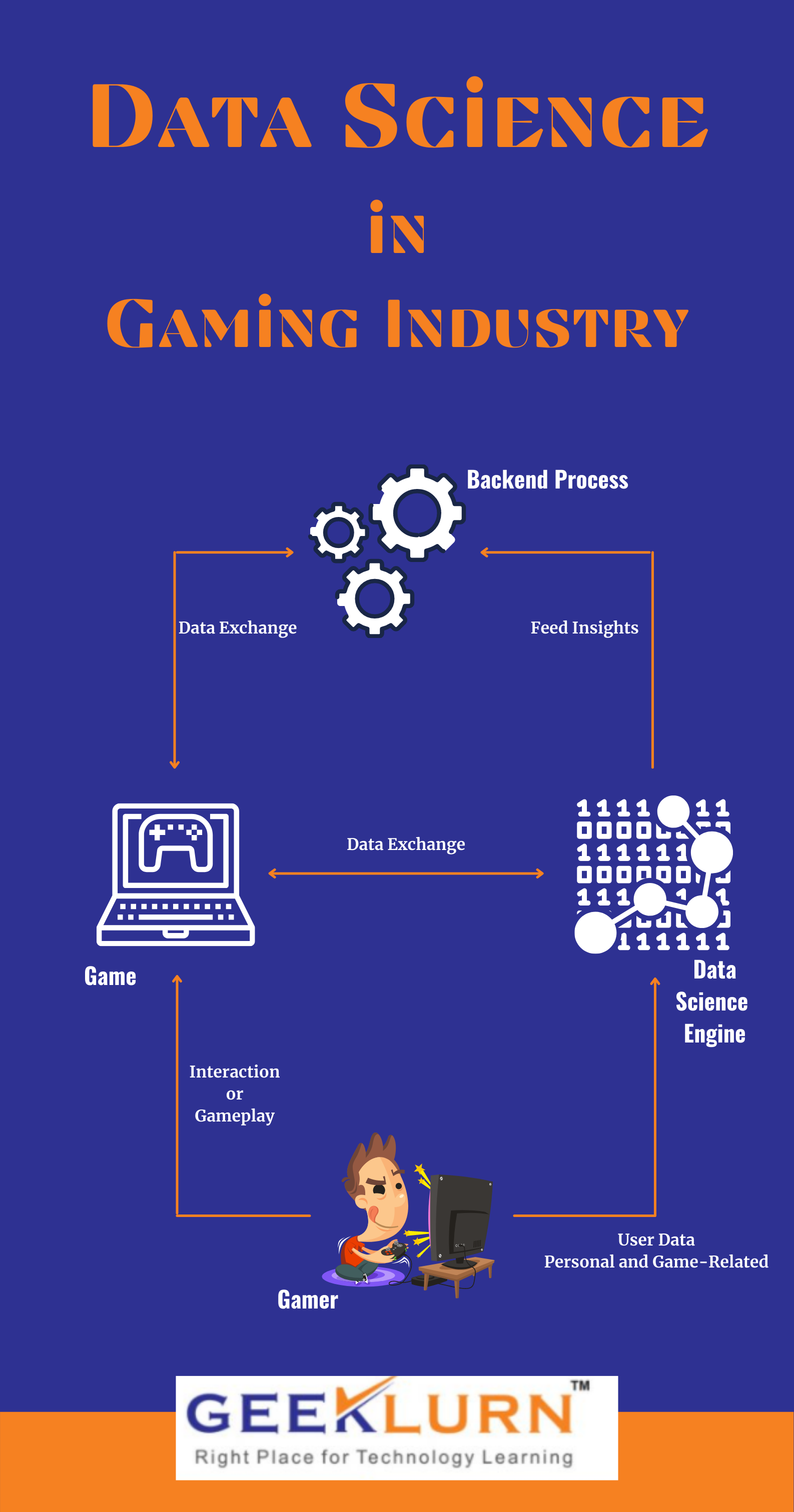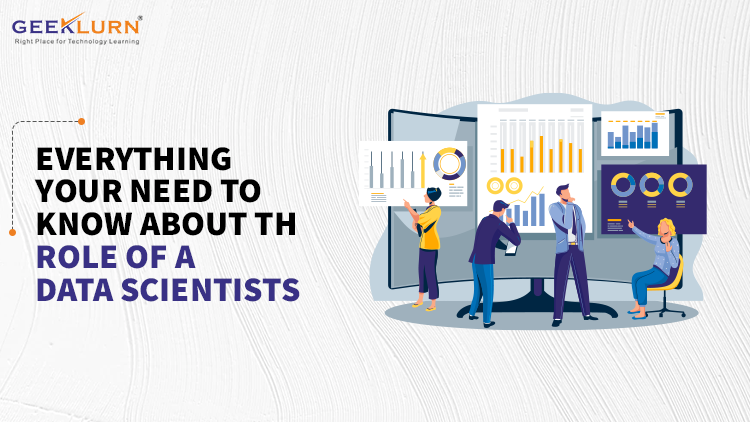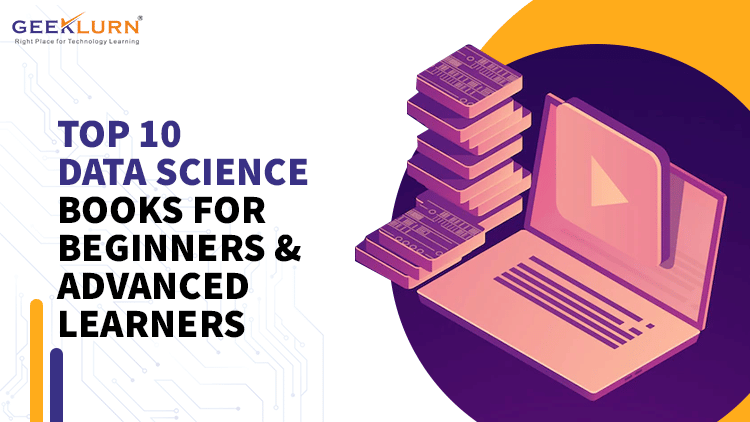Last Updated on: August 1, 2022
The past decade and a half have been unbelievably great for the gaming industry. Gone are the days when gamers used to carry a device in their hands and play. The days of single play modes and LAN wired multiplayer modes are gone, we could even say they are extinct technology-wise.
With the emergence of internet gaming host applications such as Gameranger, Hamachi, and the likes, gaming (specifically multiplayer gaming) across the world has become so easy and comfortable.
Gaming has also gone digital and hence viral. The onus falls on digital gaming distribution services such as Steam (by Valve), Origin (by EA Sports), Microsoft Store (by Microsoft), and the likes.
This kind of exponential evolution did not happen overnight. It required a lot of game data collection, data mining, and loads of insight generation and consumption.
This article would discuss how data science and its techniques help to elevate the gaming industry.
Table of Contents
Data Science Opportunity in Game Development
The gaming industry has garnered a big share of the global entertainment industry with users hooked to games for relaxation and entertainment. Data science is being used by gaming developers to study the behaviour of users and analyse it to make predictions and decisions. The new generation games not only analyse a player’s behaviour, but also make use of artificial intelligence and machine learning techniques for better development. Some ways in which data science is used in game development are:
- The data mining technique helps game developers to increase the efficiency of the game by determining its optimal point. Data scientists are creating and investigating hypotheses, designing and testing them, besides developing mathematical and automated modes for identifying game optimisation points.
- Data scientists mine massive amounts of game data, analyse it and use machine learning tools for the development of predictive, descriptive and prescriptive models.
- Data-driven game technology helps in the identification of meaningful relationships, trends, user behaviour models and patterns from complex datasets as well as the development of anomalies. The technology also aids in the continuous monitoring of the games to increase user engagement.
Role Data Science Plays in Gaming – Development and Gameplay
Data Science in game development elevates the nuances of the gaming industry to the next level. The following are few areas positively influenced by it:

Continuous and Compulsive Gameplay
The gameplay is probably the most important aspect of a game. It is what decides the effectiveness of the game and its engagement and popularity among the gamers. Specific algorithms monitor key gaming factors such as in-game time spent, the current level, difficulty-level mapping, and so on. These data are then used to improvise the gameplay experience of the user.
There are some important factors monitored by these algorithms that utilise data science: Analysis of inter-player dynamics and interaction in multiplayer gaming, locking on to time points where players usually give up and exit the game, monitor and detect frauds in gaming (especially multiplayer), identify and maintain the loyalty of money investing gamers.
Maintaining the ‘Fun’ Element
The gamer must have fun while in-game. Though this sounds easy, it is one of the most important and tedious actions to implement. Data Science algorithms help in monitoring the engagement level of the users and extract insights based on that. These insights would be used to release the next version or updates and so on. This task of estimating the ‘fun’ element is always mysterious. The onus here falls on how the data scientists use the game data and insights extracted by the data science algorithms and put them into effective use.
Conceptualising the Right Balance Between Challenges and Rewards
Games are generally compartmentalised into various levels, with increasing difficulty. Early developers did not have access to the current technology and methods. They used to pre-set the difficulty and the levels based on their experience and general instinct.
Now, modern-day developers have a huge help in this area. They also take help from readily available test gamers who play the game and provide feedback on the same. Additionally, there are data science algorithms that run in the background as they play that monitor their experience through the levels and keep generating feedback of the same. This feedback is nothing but valuable insights that help the developers to zero-in on the difficulty level required and the corresponding rewards/points the player receives once he/she surpasses the level.
Building Player Portfolios
For the gaming industry, customers are the gamers. Gamers usually look to build a profile and have a portfolio of the games played with relevant data such as total time invested, re-plays, and so on. These are important data for game developers across various digital streams. These data are collated and made available by relevant inbuilt data science algorithms.
Massive Multiplayer Modes
Multiplayer games in general consume a lot of data. They also need to be smooth and stutter-free to provide a great gaming experience. One of the major issues faced by heavy multiplayer games is the lag. The frame rate also falls behind thereby reducing the game involvement of these games and their interest.
At the end of the day, it all depends on the performance of the game. Algorithms built on a data science framework help to provide a millisecond response for the backend processes in the gameplay. This in turn boosts the performance and elevates the gameplay experience.
Personalised Marketing
It is always a good move to obtain feedback from the users of a game. This feedback could be voluntary (via surveys and so on) or involuntary (using background processes and algorithms). Data Science based algorithms help obtain intricate game details such as the duration of play, the usual genre preference of the gamer, the in-game money spend made, and many such details, which helps to advertise and market certain specific features and add-ons to the gamer in a personalised manner.
This helps boost loyalty and repeat buying behaviour. It certainly helps promote a close rapport with the customer, here the gamer.
Gaming Forum Analysis
Game forums are an excellent source to get information about the game, right from core gamers. These forums usually discuss the details about the game, right from the installation to the end game credits. Any review, feedback, need for add-on and so could be obtained from monitoring these gaming forums.
Specific algorithms running on Data Science monitors these forums and stores all relevant game data. This invaluable data could be worked on later to extract insights that help the game developer make decisions regarding modifications and updates if needed.
Game Monetisation
Since developing an engaging and popular game requires a lot of time, money and effort, gaming companies aim at making it a profitable one. Revenues are generated from games through three subscription models: pay-to-play, free-to-play and freemium. Big data analytics plays a key role in game monetisation by identifying the most valuable players. This is done by the use of data of a player’s social network activity, preferences and behaviour. The game data is used to ensure that the game is optimised in such a way that players come back again and are ready to pay money for playing it.
Object Identification
Games are increasingly using realistic graphics and artificial intelligence techniques to hold the attention of players. The use of image recognition technologies and object detection models allow game developers to create a natural change of scenes and movements in the game. These techniques are used to differentiate the players of different teams and give commands to specific characters. The use of object identification and algorithms help in providing the players a unique and immersive experience.
Fraud Detection
The fast-track nature of gaming makes it vulnerable to fraudulent activity. Gaming companies need to ensure that their games not only provide a high level of user satisfaction, but also are secure. This is done by incorporating features for the verification of players and detecting doubtful or fraud accounts. Data science techniques are also used to avoid identity theft.
Real-Life Use Cases of Data Science in Gaming
Big data is being used by gaming companies to engineer and improve video games like Call of Duty (COD). Machine learning and AI are widely used in the gaming industry. Activision’s Game Science Division (GSD) creates machine learning based programs to detect power boosting and identifies key indicators for increasing engagement on COD. The GSD analyses the verification indicator data and then communicates with its users on Twitter about collecting data across all COD tweets for decision making around new features for the game and players.
Possible Data Science Career Options In Gaming
The following are a few renowned job roles in the gaming industry that require deep knowledge of data science and related techniques:
Game Data Scientist
Job Description: Design, develop and build mathematical and automated models that help in gameplay and optimization.
Deep Learning Data Scientist
Job Description: An essential part of the analytics team, and responsible to develop descriptive and predictive models using machine learning algorithms.
Game Data Analyst
Job Description: Responsible for examining game service performance and identifying opportunities to improve user engagement and user retention.
Future Possibilities
As we speak, there is an exponential increase in the development of Data Science used in gaming, to improve the whole look and performance. Artificial Intelligence (AI) has also made inroads into this industry lately. In the near future, it is expected that both these streams fuse to provide gamers with a mind-blowing gaming experience.
Such advancements may also result in saving a lot of time, money, and energy on developing high-end AAA type games.
There are also expectations that games would become less action-oriented and more informative and education oriented. This could prove great for the future younger generation and their development as a whole.
Parallelly developments are being carried out to create a powerful AI that assists small and medium level game developers to create high-end games similar to how musicians nowadays make music.
Conclusion
With the whole country moving towards complete digitization, the future generations are sure to get absorbed into the world of electronic gadgets, e-learning platforms and gaming sooner than the current and previous generations of people did.
Keeping this in mind, it is imperative that the gaming industry grow responsible, and provide good quality content to its gamers.
Data science and associated techniques would help in streamlining and enriching the gaming industry when used properly. Learn Data Science and its techniques from Geeklurn, the best data science course available in the market.






